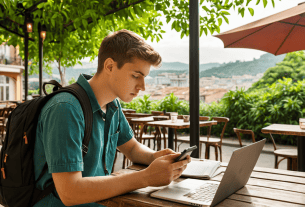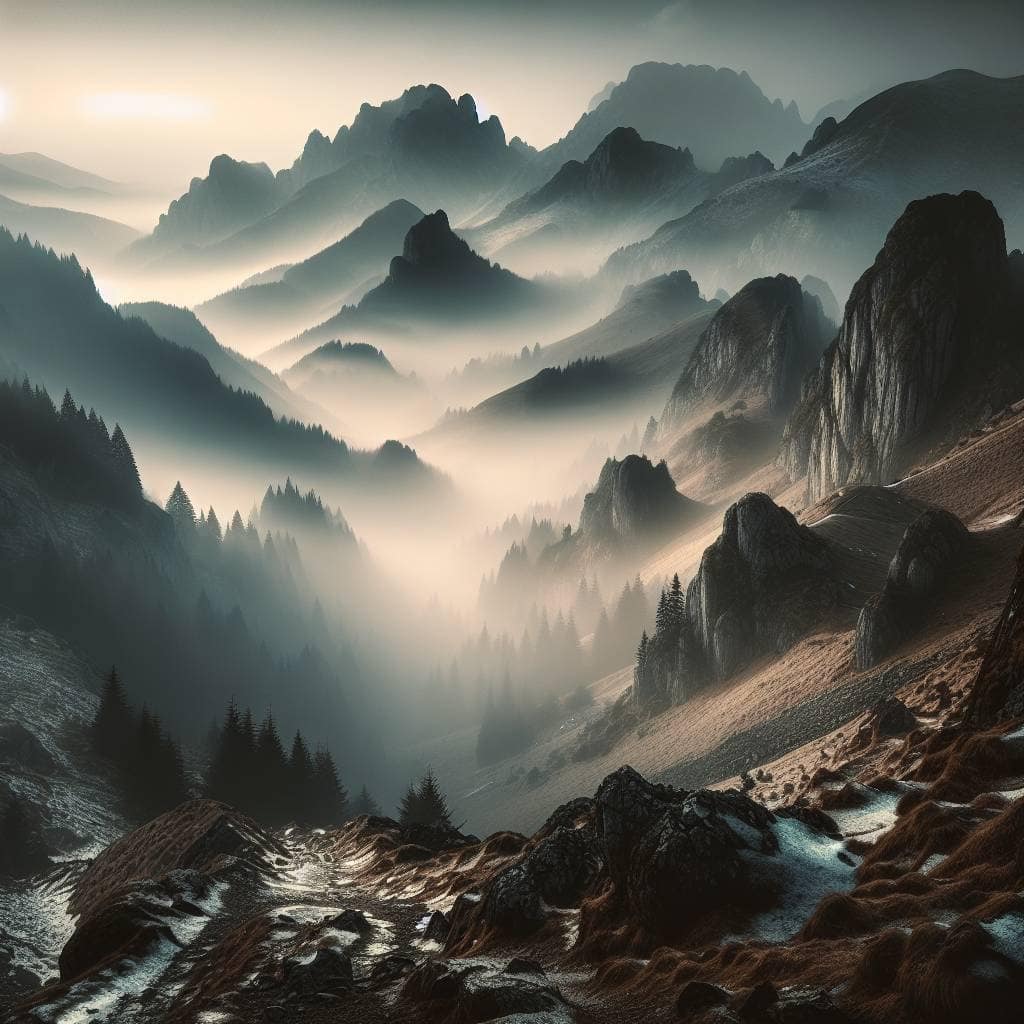I once tried to see Paris in a day. Yes, you read that right—a single, measly day. I was one of those hapless travelers sprinting from the Louvre to the Eiffel Tower, snapping photos like a crazed paparazzo, and missing everything that mattered. I realized, somewhere between the croissant crumbs on my shirt and the blister on my heel, that I was doing it all wrong. The city deserved more than a passing glance, and frankly, so did I. Rushing through life, it hit me, is the real travel crime. Slow travel, on the other hand, is an invitation to pause, to breathe, and to actually engage with a place rather than just skimming its surface.

So, what is slow travel, really? It’s more than just a trend—it’s an antidote to our frenetic pace. In this article, we’re going to dive deep into the art of moving slowly and deliberately. I’ll share the benefits of slowing down, how to immerse yourself fully, and why this approach transforms the mundane into the extraordinary. We’ll touch on the mindful experience that slow travel offers, peeling back the layers to discover a richer, more authentic way to see the world. Buckle up—or rather, loosen your seatbelt—because this isn’t about the destination; it’s about savoring the journey.
Table of Contents
My Lifelong Struggle With the Art of Mindful Meandering
In this frenetic world, where speed is worshipped and efficiency is king, I’ve been waging a silent rebellion with a weapon few can wield—a mindful meander. Sounds absurd, right? But here’s the catch: it’s the art of doing nothing, slowly, in a world that’s hell-bent on rushing. I’ve spent years trying to master this, battling my own instincts to check off lists and rush from one sight to another. The ocean taught me the value of patience, yet my feet are often too eager, my mind too restless. There’s a constant tug-of-war between the allure of the new and the pull to immerse deeply. And in that struggle, I found something raw and unfiltered—an experience that defies the ordinary.
The struggle isn’t just against time; it’s against a culture that demands you collect experiences like trophies. But the truth is, the real treasures lie beneath the surface, waiting for those with the courage to slow down and dig deeper. It’s a lesson I learned the hard way, through missed moments and fleeting glances. To truly embrace the art of mindful meandering is to allow yourself to get lost, to wander without purpose, and to let the world unfold at its own pace. It’s about finding beauty in the mundane, seeing the extraordinary in the everyday, and realizing that sometimes the best stories are the ones that aren’t rushed, but rather, savored. In this world of speed demons, let’s be the ones who dare to meander.
In Praise of Lingering
Slow travel isn’t about the miles you cover, but the moments you truly inhabit. It’s the art of letting a place seep into your bones until it feels like a second skin.
Slow Travel: Unrushed Journeys and Unfinished Stories
In the end, slow travel isn’t about the places you visit or the stamps in your passport. It’s about the moments that refuse to be hurried, like watching a sunset without the urge to capture it on a smartphone. My journey through this has taught me that the real beauty of travel lies in those imperfect, unplanned pauses. The kind where you stumble into a local café that isn’t on any ‘must-visit’ list, and you find yourself savoring a conversation with a stranger rather than a scheduled tour.
What I’ve learned is that the benefits of traveling slowly aren’t tied to a checklist of experiences. Instead, they’re woven into the tapestry of unexpected memories that stay with you long after you’ve moved on. It’s about letting the world unfold at its own pace and having the courage to be still in the chaos. So, here’s to those who dare to meander aimlessly, who embrace the immersive stories that can’t be found in guidebooks. Because, amidst the noise of the world, slow travel reminds us to listen—to the land, to the people, and most importantly, to ourselves.


